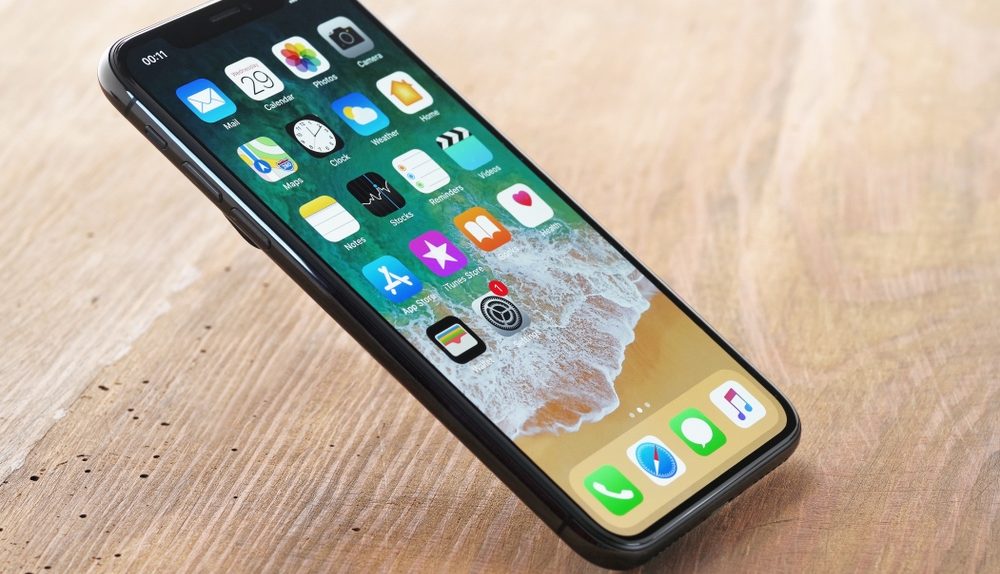In the weeks leading up to the iPhone X launch last year, many analysts were of the mind that Apple’s next-gen iPhone was going to spur a record number of upgrades. And with good reason, the hype and excitement surrounding the iPhone X was incredibly high, a fact which can be attributed to the device’s edgeless display. Some analysts even predicted that iPhone sales in 2018 would reach 262 million units, easily besting the current iPhone sales record of 231.2 million Apple set back in 2015 on the back of strong iPhone 6 sales.
The iPhone X, as it turns out, did not help set any sales records. And while Apple has said that its flagship device has remained the most popular iPhone model week in and week out since hitting store shelves, the anticipated avalanche of iPhone upgrades simply didn’t occur. During the March 2018 quarter, for example, iPhone sales only increased by a modest 3% year over year.
The general consensus at this point is that the iPhone X, while clearly a hot-seller, didn’t spur a huge refresh cycle because many prospective buyers found the device’s $999 retail price far too expensive. Apple’s 2018 iPhone lineup, however, is poised to change all that. According to a slew of reports, Apple’s upcoming iPhone lineup will consist of a gargantuan iPhone X Plus, a refreshed iPhone X, and a 6.1-inch iPhone with an edgeless LCD display. The latter will reportedly be aggressively priced and should appeal to a large user base eager for a new form factor but unwilling to spend a minimum of $999 on a new phone.
Touching on this point, analyst Daniel Ives believes that Apple could sell upwards of 350 million iPhone units over the next 18 months.
Taking a step back, we believe the Street is now starting to fully appreciate the massive iPhone upgrade opportunity on the horizon for the next 12 to 18 months with three new smart phones slated for release, likely in the September timeframe although we could see the SE 2 launched over the coming months. Importantly we estimate Apple has roughly 350 million iPhones that are in the window of opportunity to upgrade over the next 18 months, now it’s about which model and price point “strike a chord” for these customers to ultimately upgrade as the iPhone X demand has softened since reaching a supply/balance level in late December.
In other words, many iPhone owners who were otherwise interested in upgrading this past year were left with two unappealing options: spend $999 on a new phone or pick up an iPhone 8 which featured the same form factor as Apple’s 2014 iPhone lineup.
As Ives mentions, Apple this year will have a compelling upgrade option for every type of iPhone owner this year, from the iPhone SE 2 all the way up to the rumored 6.5-inch iPhone X Plus. Incidentally, the 350 million over 18 months figure cited by Ives translates to roughly 233 million iPhone sales across a 12 month period, good enough to set a new sales record in the process.








